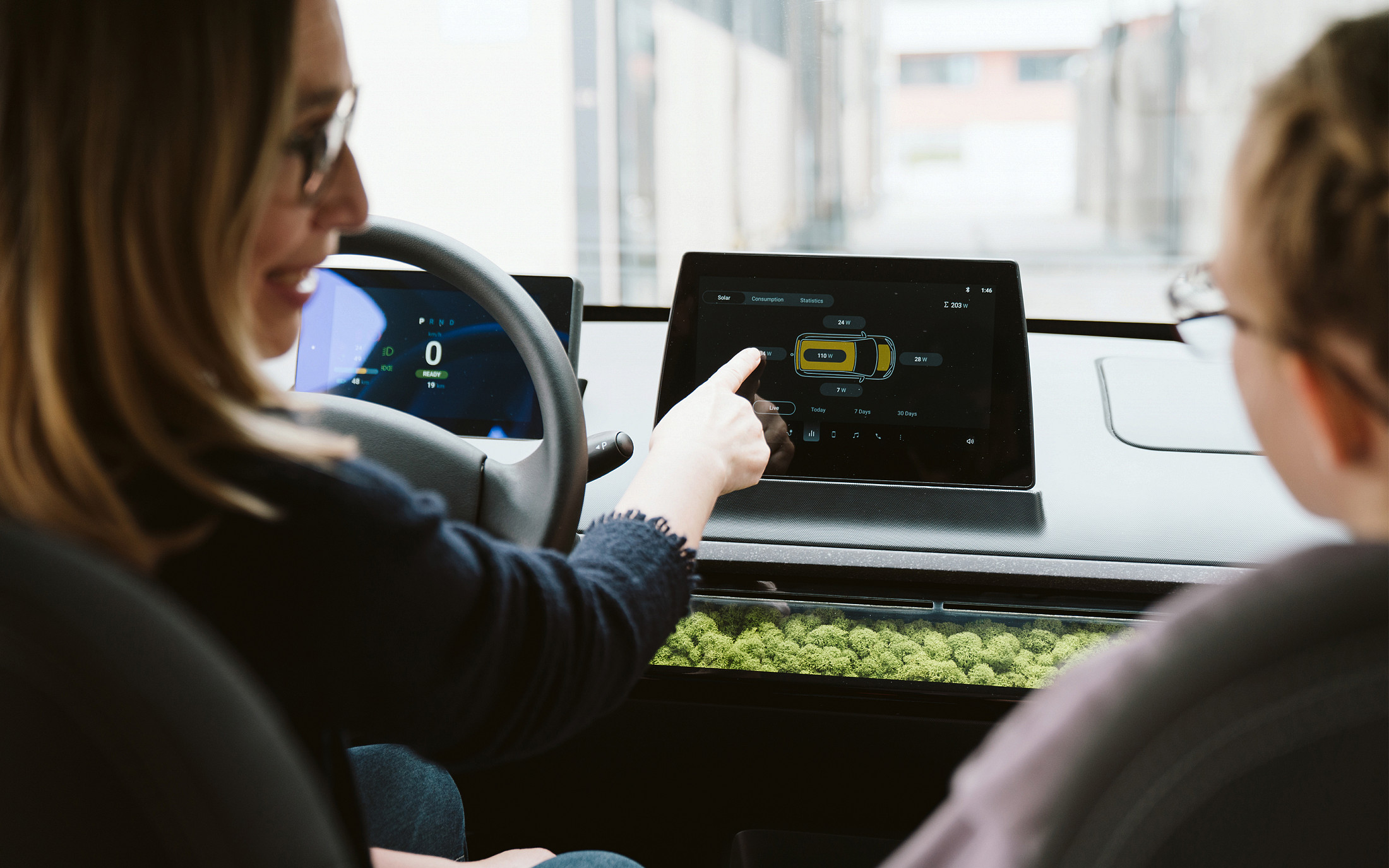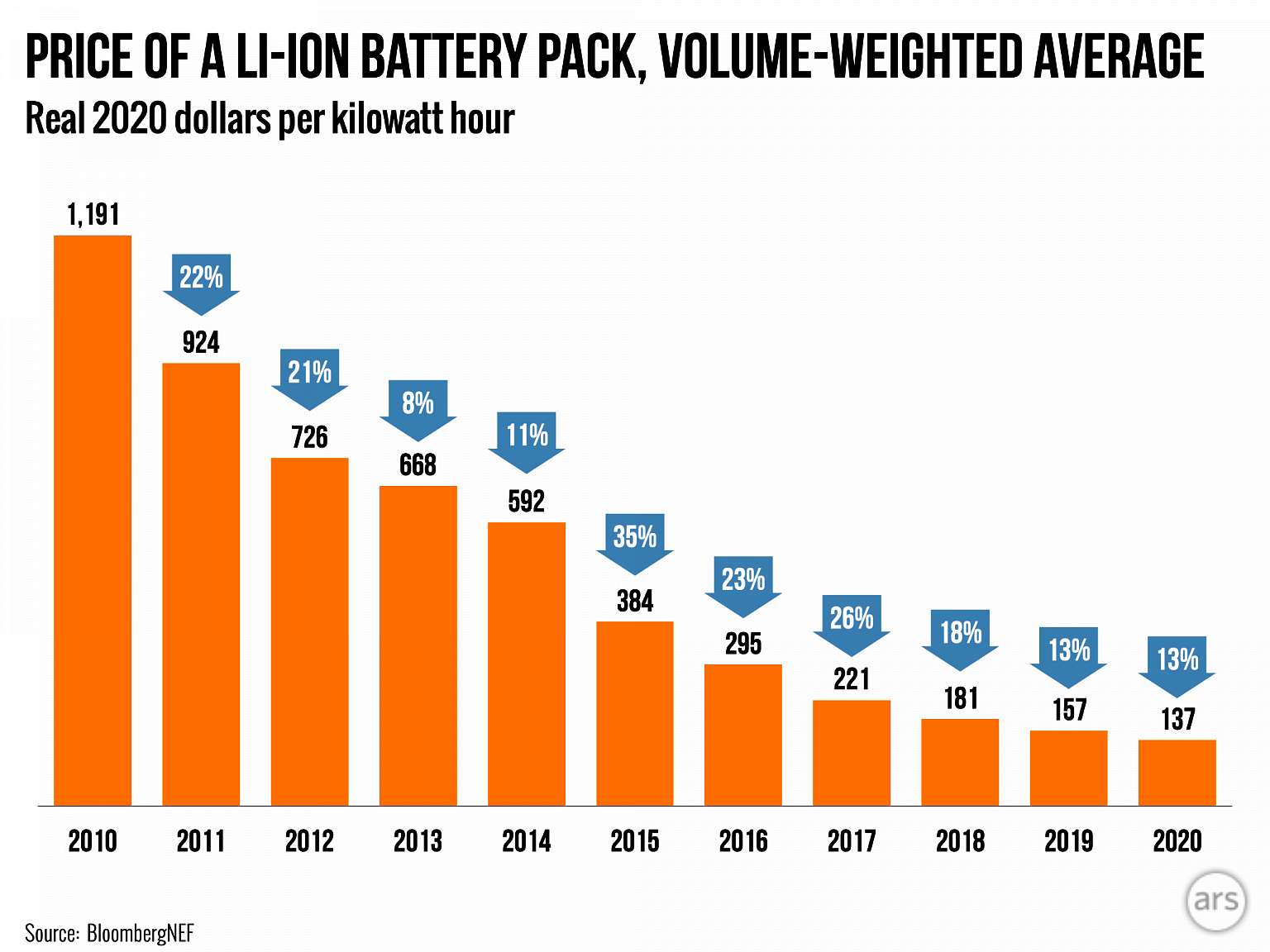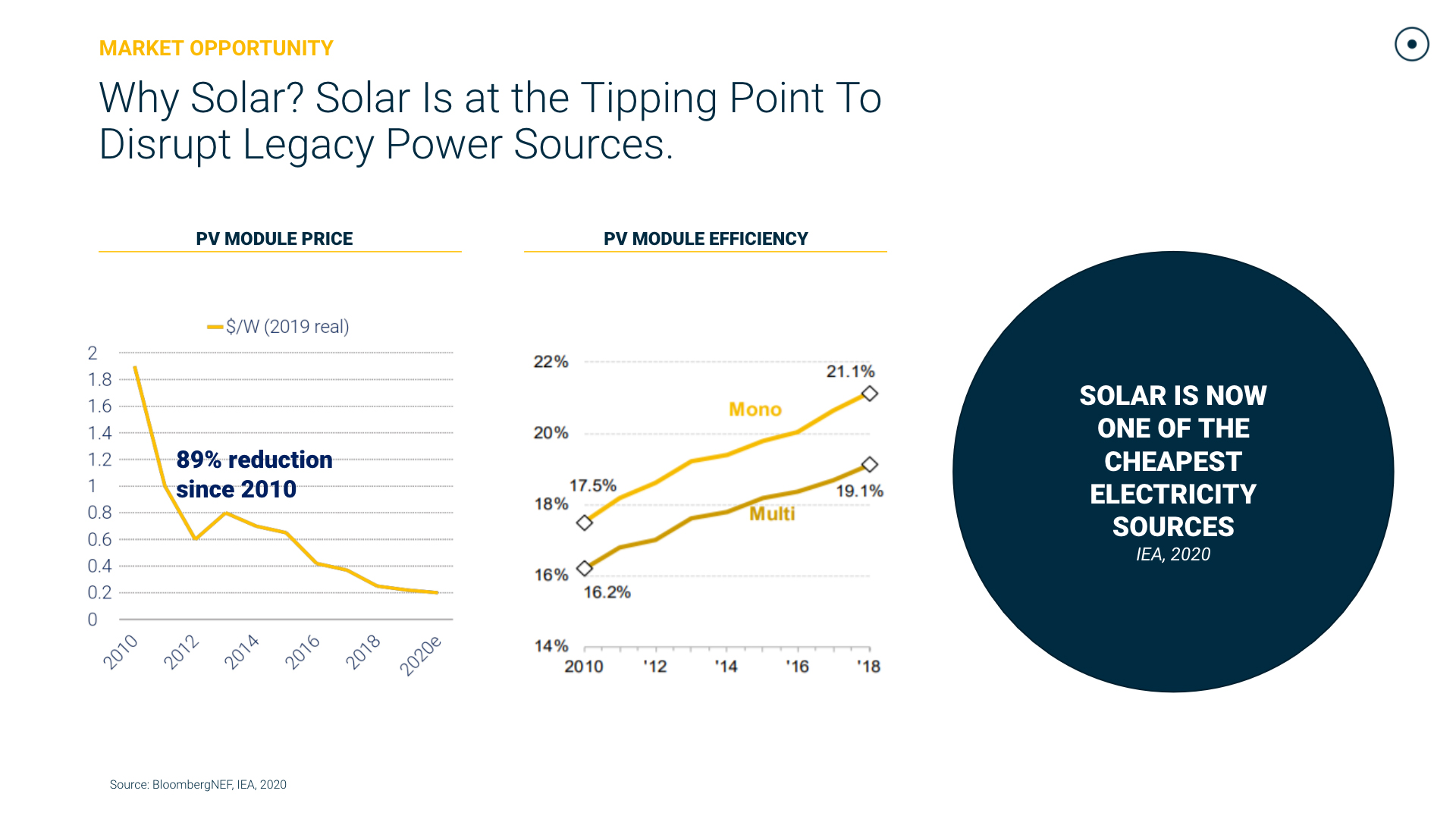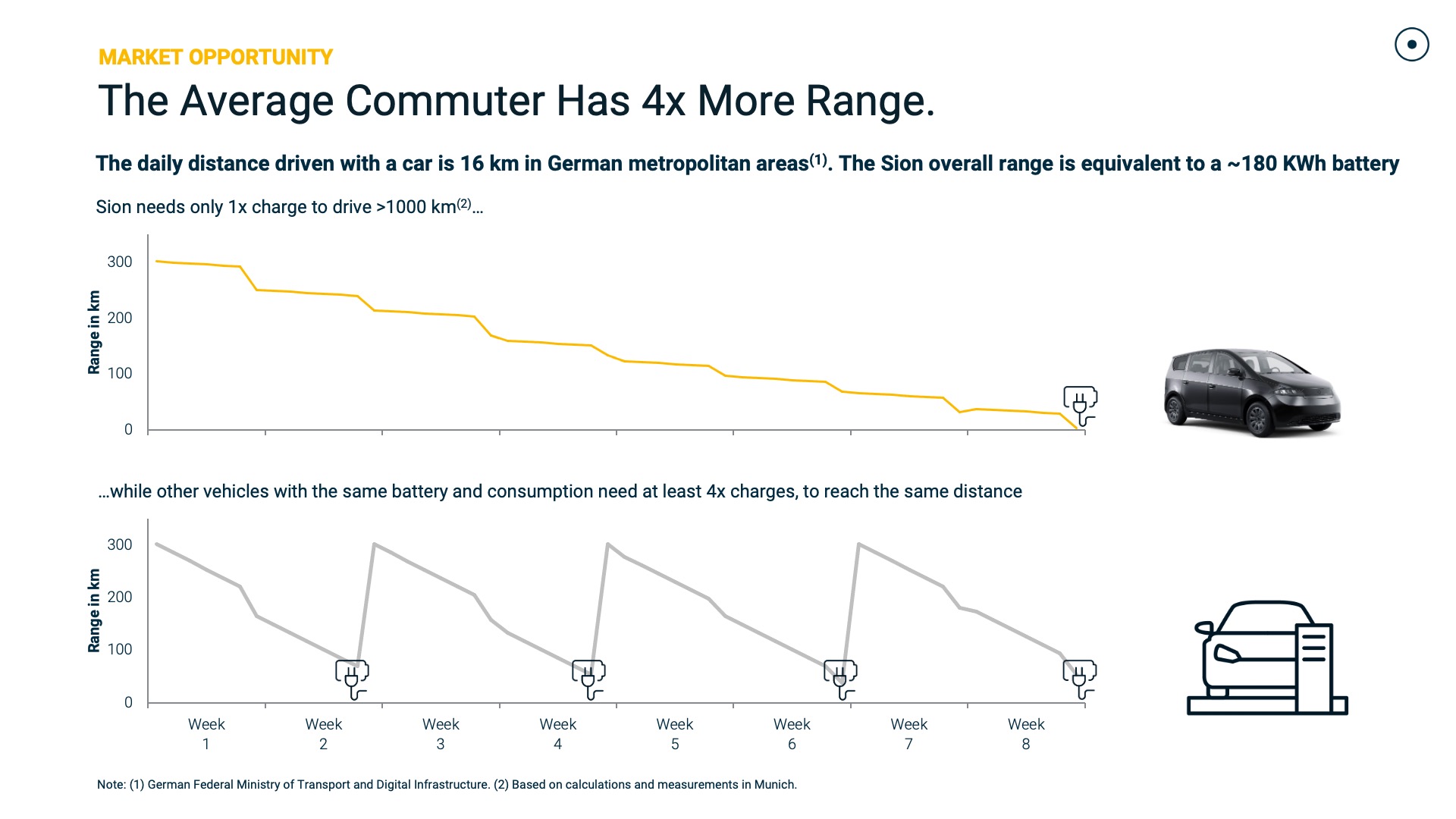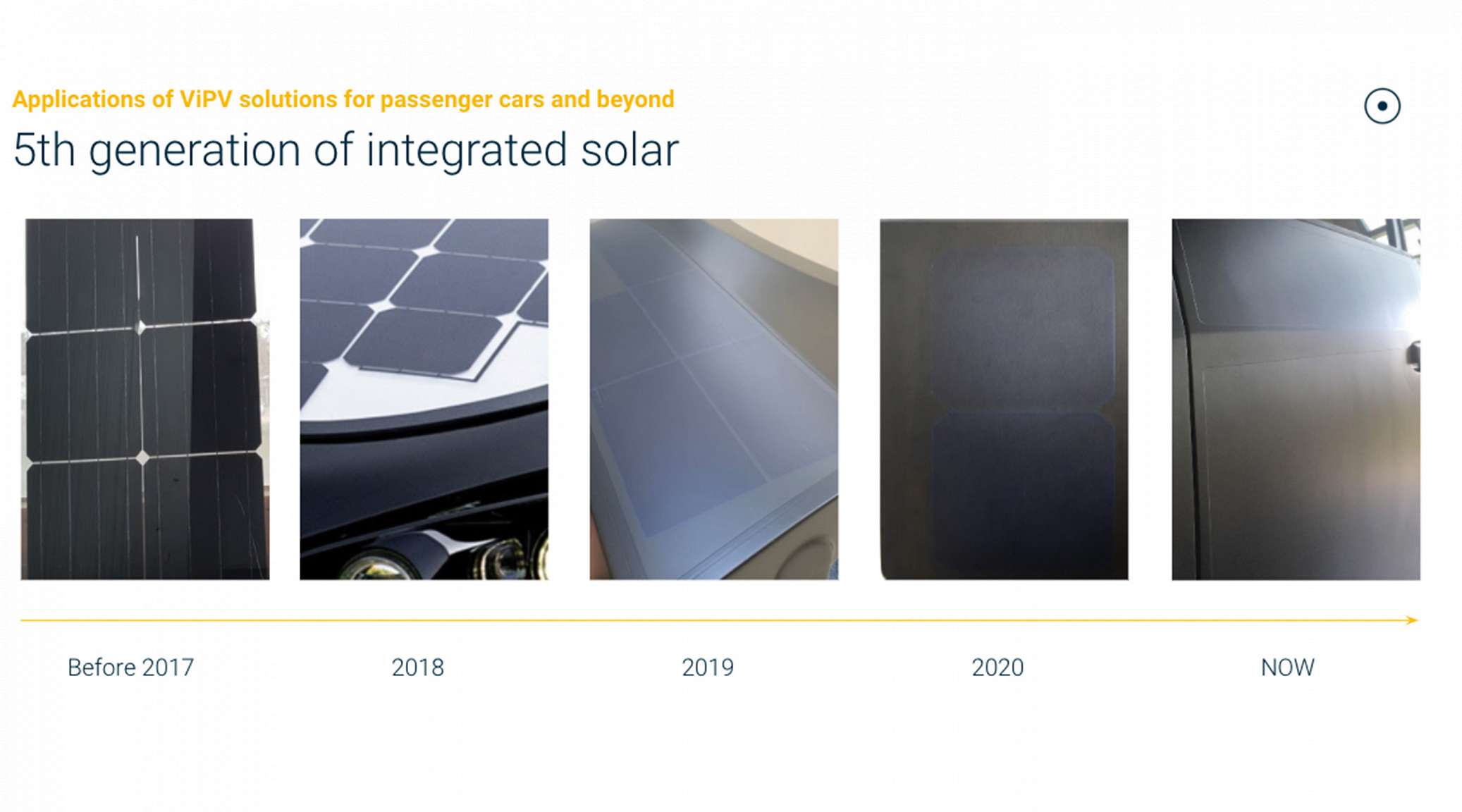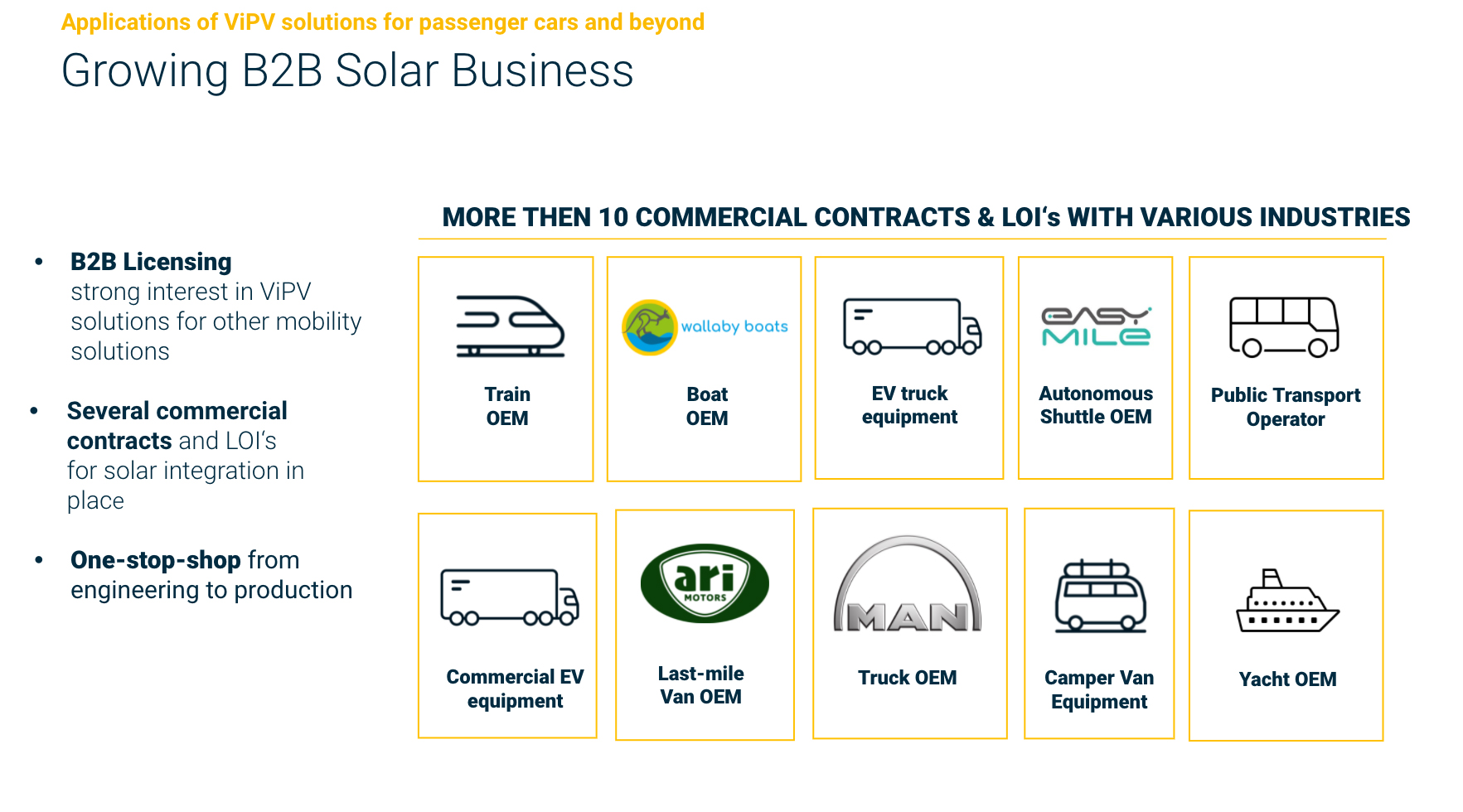If we want to get an idea of the mobility of the future, we should begin by looking at relevant works of fiction. Books and movies have always been a medium for people to express their ideas about the future. Be it “Star Wars,” “Blade Runner,” or “The Fifth Element”: The first image that comes to mind when thinking about mobility in the movies is that of flying cars navigating the urban canyons of densely populated megacities – classic sci-fi, in other words.
Another typical motif is self-driving cars as seen in “Minority Report,” “I, Robot,” or the 80’s cult classic TV show “Knight Rider.” What is less common, however, is the idea of solar-powered mobility. Sure, the little trash-compacting robot WALL-E in the Disney movie of the same name recharges his batteries using solar cells, but you would be hard pressed to find solar cars in Hollywood which take people from A to B in a sustainable manner.
Reality, however, looks a bit different. While all three concepts – flying cars, autonomous driving, and solar charging – have been extensively researched and worked on for years, the fiction of integrating solar cells in cars has become a reality since the introduction of the Baker Solar Electric Car in 1955 at the latest. Back then, General Motors engineer William G. Cobb presented his first solar-powered concept car in Chicago. More than three decades later, the aerodynamic design of solar-powered racing cars caused a sensation at the Tour de Sol in Switzerland and in the US, revitalizing almost-forgotten ambitions regarding solar mobility.
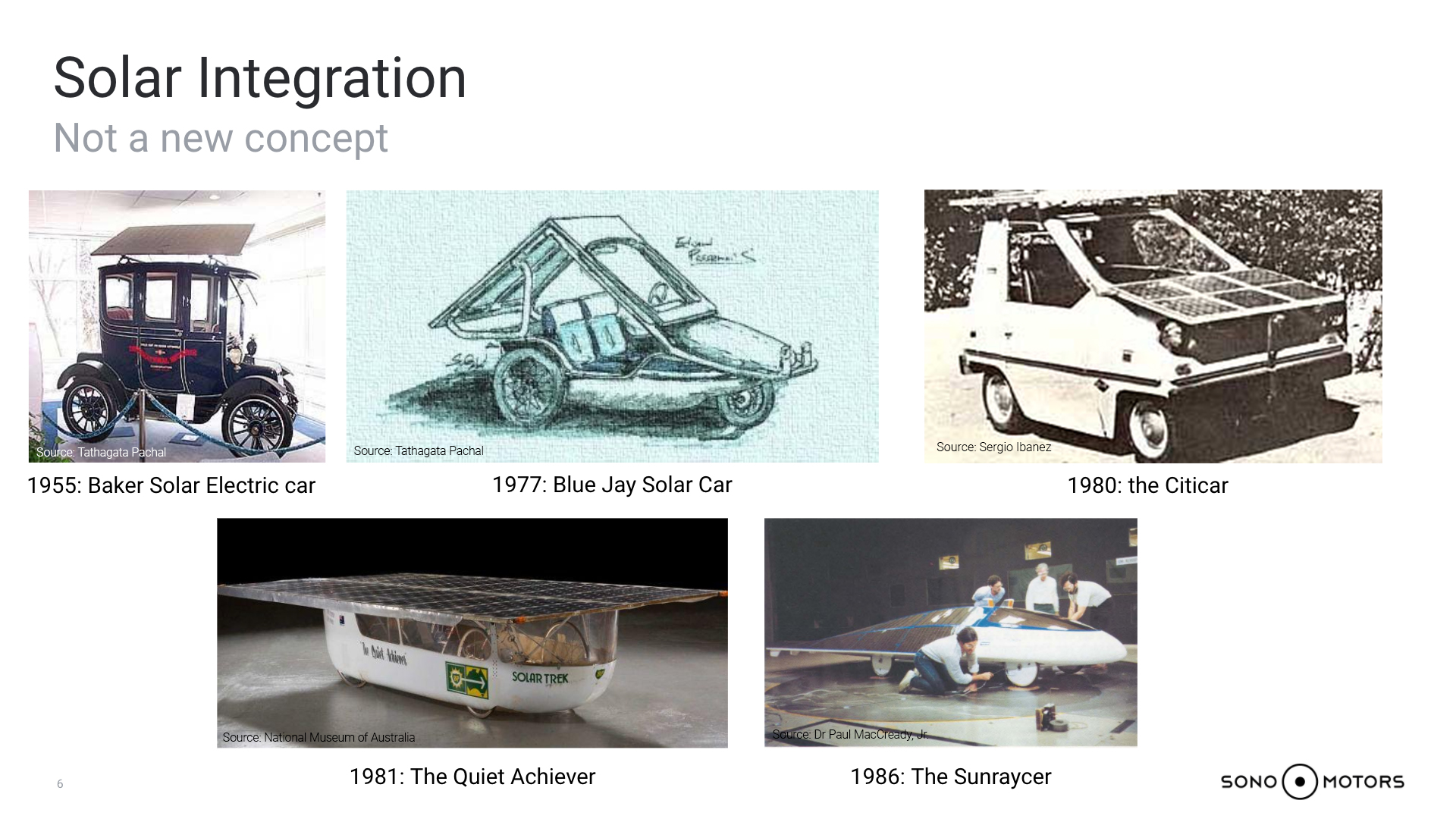
But why are solar-powered cars still waiting for their big break, both on the silver screen and in real life? Or, in other words: Why should solar integration become the next big thing now, of all times? What inspires companies like ours or Lightyear to build solar-powered cars? These are the questions we are looking to explore in this blog post. Part of the answer can be found in the history of the electric car.
The Electric Car as a Trailblazer
There are a number of reasons why certain technologies are particularly successful at certain points in history. In the late 19th century, electric motors in cars were more common than combustion engines. They were considered more advanced because they were less noisy, produced fewer exhaust fumes, and were more comfortable. But the technological advance of the combustion engine in the early 20th century brought competitive advantages to fuel-powered cars compared to electric cars. Even back then, costs and range were the main factors. Crude oil was available in abundance and hardly anyone wasted a thought on climate change. And thus began the era which we now refer to as the “century of cars.”
But the end of that century brought with it a change of thinking, triggered by new scientific findings in climate research, historical events such as the oil crisis, and technological advances in research. While the combustion engine is still the drive of choice for many Germans, every fifth new car in the country is actually an electric vehicle. These days, electric vehicles help reduce emissions and also the noise level in our cities. And the growing success of electric cars is also thanks to technological advances.
According to the US news outlet Bloomberg, prices for battery packs have decreased by roughly 89 % since 2010. While the price per kWh was 1,191 USD in 2010, it had dropped to a mere 137 USD by 2020. At the same time, batteries improved in terms of energy density. Nowadays lithium-ion batteries provide a better power-to-weight ratio than nickel–metal hydride or lead–acid batteries. And research into electrochemistry is booming.
Electric Vehicles Are the Present. Solar Vehicles Are the Future.
Batteries that offer a higher range for a smaller price – one reason for the success of electric cars and at the same time an important building block for solar-powered cars such as the Sion. A lot has happened in the area of photovoltaics in the past few years, too. Prices for solar cells have dropped as well while cell efficiency has increased.
In a much-noticed study in 2020, the International Energy Agency (IEA) identified solar power as the most affordable power source worldwide. Integrating solar cells in cars is therefore a very logical step, but not only in order to make electric cars even more affordable and sustainable. Our models show that the Sion requires less charging than an electric car with the same battery capacity and energy consumption thanks to solar integration.
But all of this is only made possible with the right technology. And that is our focus as a company. We have already discussed in detail what makes our solar integration so special in this article. Our patented manufacturing process allows us to integrate safe, lightweight PV modules in the vehicle. They are flexible and can also be adapted to more complex body geometry. Several patents have already been granted, with even more pending. We are confident that we will reach more milestones in the future and be able to further improve the process.
But there is of course more to our solar integration than just a special manufacturing procedure. There is also the power electronics in the form of the MCU, which makes the utilization and storage of solar power possible in the first place and can be designed for maximum yield thanks to multi-channel technology. Another point is our software, which can provide energy data in real time and is supposed to optimize the energy yield.
The solar team at Sono is very versatile and is working tirelessly on making the various components ready for the market. The expansion of our portfolio to include other vehicle types such as trucks, buses, vans, and boats looks promising as well. Since a solar truck was first presented at the Consumer Electronics Show in January 2021, we have established cooperations with numerous well-renowned manufacturers and OEMs from the fields of transport and logistics and have been able to generate revenue from a few joint projects.
A Bright-Shining Future Ahead
Price, efficiency, technology … the reasons why we cast our lot with solar integration are manifold. And we are not the only ones to do so. The Alliance for Solar Mobility, or ASOM for short, is an alliance of various companies who are looking to help solar mobility rise further towards the top.
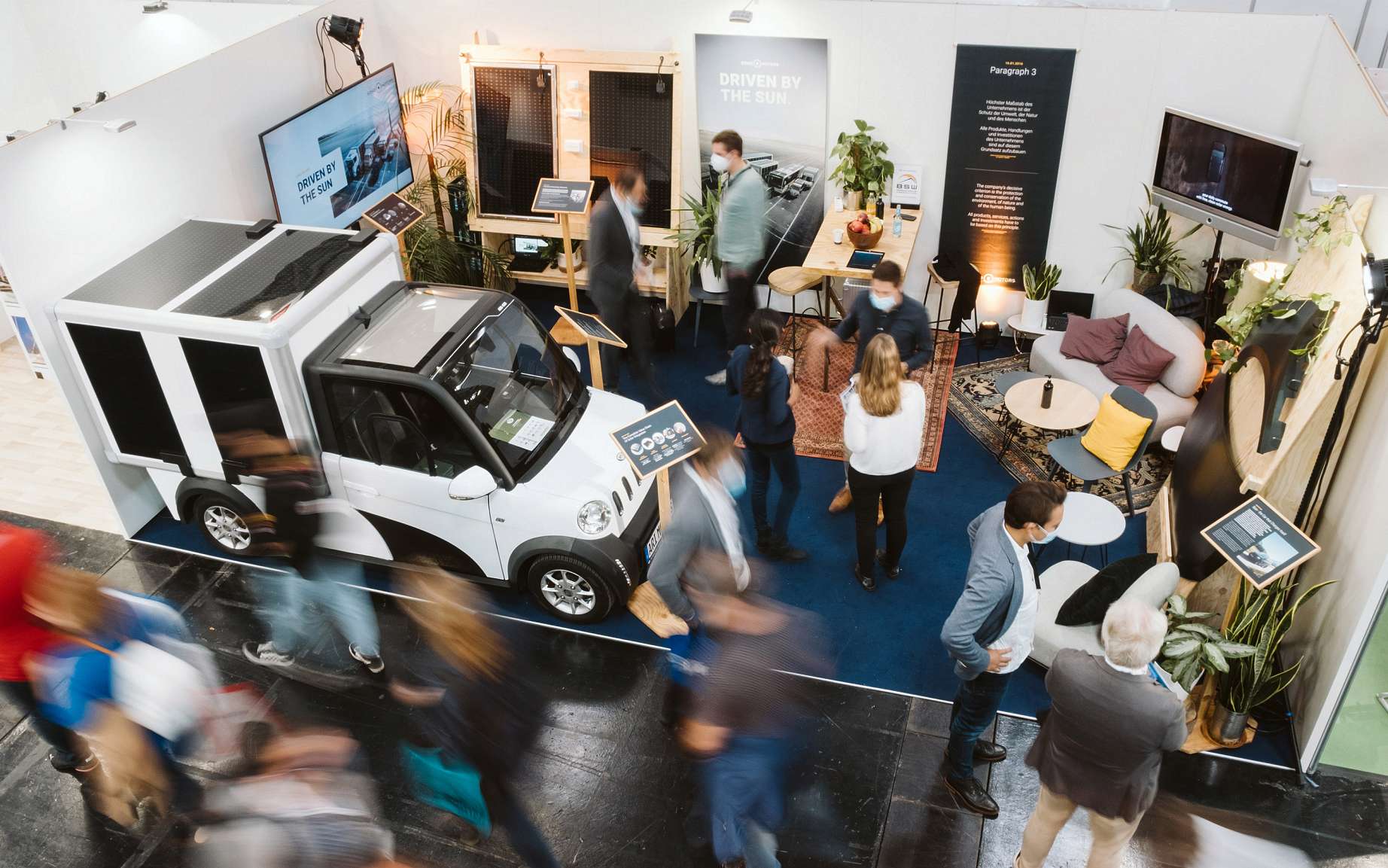
So a lot is happening in the automotive industry – and that is a good thing, both from an economic and an ecological perspective. The ever-decreasing prices for battery and solar cells come with an ever-increasing efficiency. And we must use the right technology to use them.
In an article for the German news magazine Focus, author Michael Förtsch also points out the gigantic potential of solar-integrated cars. According to the PV2Go research project, the 44 million passenger cars in Germany equal a roof surface area of 320 square kilometers. "If only some of these were equipped with solar cells, together they could function as many little solar power plants.”
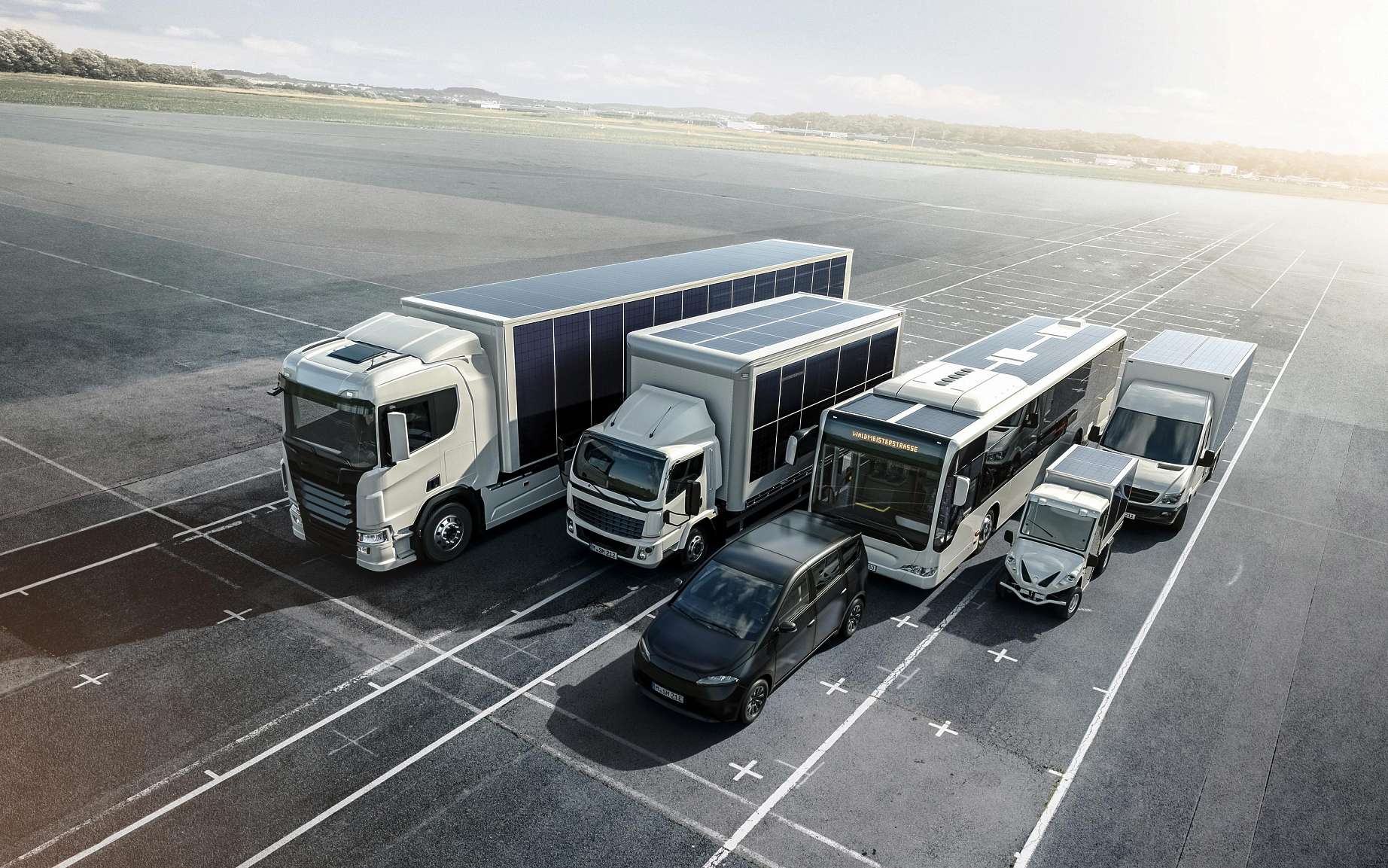
Combined with bidirectional chargers and the appropriate wallbox, we are becoming yet a little more self-sufficient, and not just in terms of mobility. That potential must be used, and therefore we declare: solar on every vehicle! And who knows, once solar integration has had its big break on the roads, perhaps it will finally arrive in Hollywood, too. I, for one, would love to see Knight Rider’s car equipped with solar cells.
